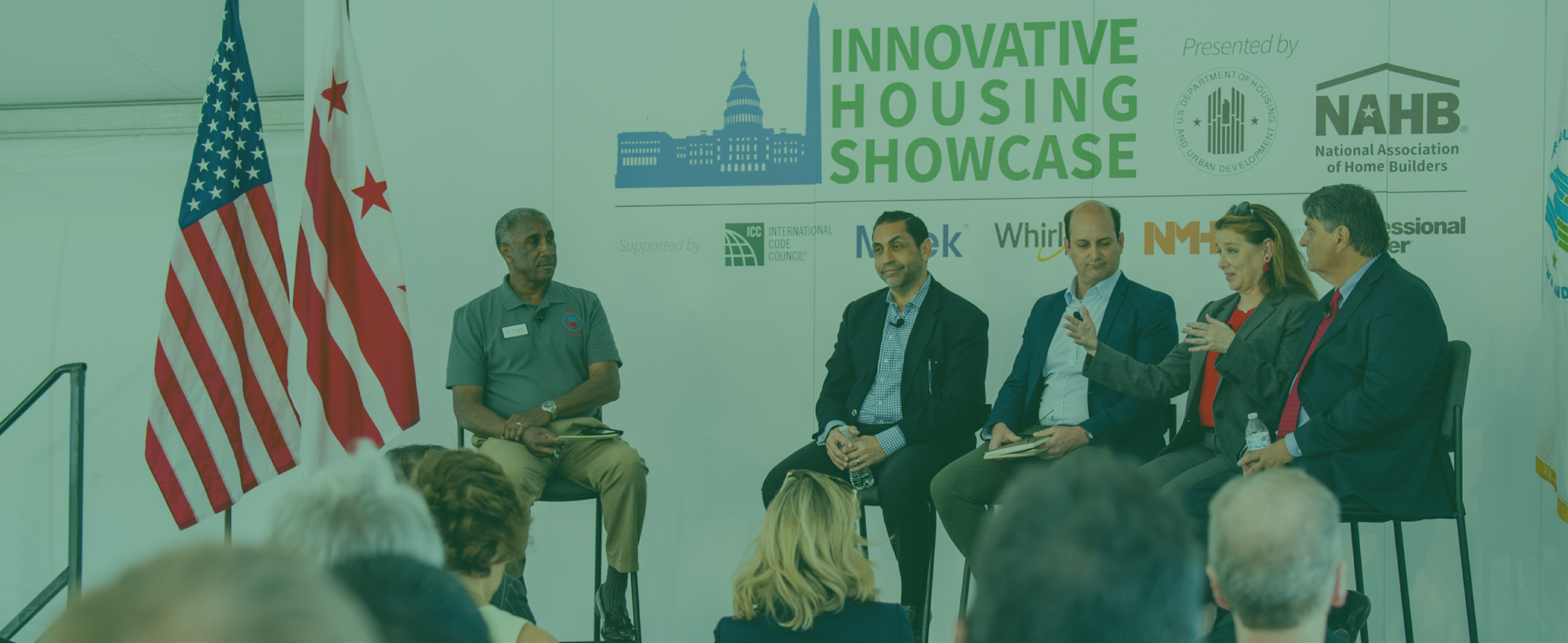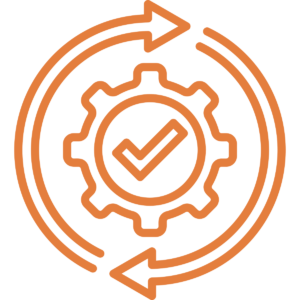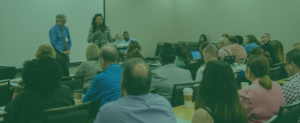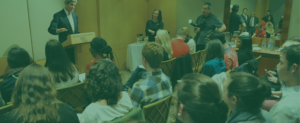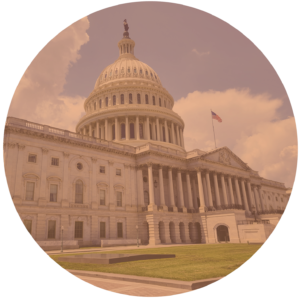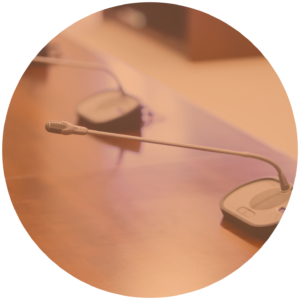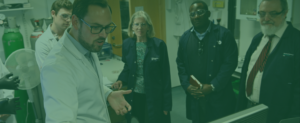
Photo credit: Shutterstock
In our vision for the future, government would innovate and solve complex problems on a much larger scale than it does today. Innovation across the federal enterprise would be so ingrained in how work gets done that “Innovation Labs,” those safe spaces to develop and test new ideas, would cease to exist. By fostering a culture of collaboration and innovation and using the latest research, technologies, models and processes, our government would markedly improve at addressing the most challenging problems facing society: poverty, national security threats, climate change, health care access and more.
Fundamental to this vision of innovation would be the belief that innovation works best when integrated into all areas of government, from mission-support work such as human resources and technology capacity to service delivery to the public. This ideal version of government would emerge when agency leaders and the federal workforce recognize its validity and do their utmost to make it a reality. By expanding partnerships and improving policymaking and policy implementation processes, leaders could take calculated risks, enabling the workforce to implement the most effective solutions. Below we outline the four main pillars that are integral to cultivating a culture of innovation in government over the next 20 years.
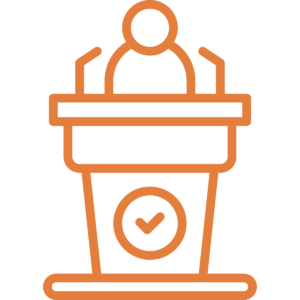 |
LEADERSHIP
|
All leaders across the federal government would have high standards for effective leadership, and would be skilled at engaging others, leading change, achieving results and becoming self-aware, as outlined in the Public Service Leadership Model. Understanding the value of and embodying these principles would enable leaders to play a crucial role in championing and adopting innovation over the coming years.
Leaders would understand the importance of creating an environment with psychological safety at its core, where employees feel comfortable expressing their ideas and taking risks and have minimal chances of repercussions for working outside the norm. Leadership would consistently score at the highest levels on innovation in the Partnership’s Best Places to Work in the Federal Government® rankings (the innovation category measures “employee perceptions of efforts to improve the way work is done, including their own personal motivation to promote change and the support and rewards they receive for promoting new ideas”). Leaders and agencies would meet or exceed the private sector scores on innovation.
Leaders would support policies and programs that foster collaboration and risk-taking and empower government employees to develop and test new ideas. All government leaders would see themselves as stewards of public trust and representatives of the public. Their unwavering commitment to protecting the public good would help them champion innovation as a catalyst for ideas that help government better serve the people.
As innovation champions, leaders would implement practices that ensure progress is measurable, and they would use performance management to hold managers accountable for that progress. To that end, leaders would create standards for releasing transparent data in real-time and for measuring how people experience the innovations agencies produce. Leaders also would set high standards for data collection, data quality and aim to promote transparency across agencies and to the public, to the extent it is feasible and safe to do so. Such evaluation would inform timely, continual learning and improvement for agencies on how to innovate, and how to put these innovations into practice. In doing so, leaders will have the tools necessary to help the workforce meet emerging challenges in a complex and ever-changing world and increasing understanding of how the workforce implements policy.
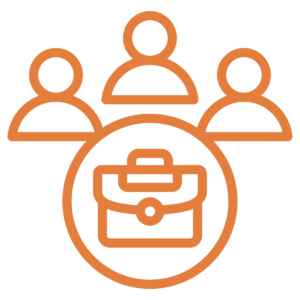 |
WORKFORCE
|
The federal government would become a sought-after place of employment for potential candidates due to its cutting-edge approaches to solving problems and a range of available opportunities such as fellowships and “tour of duty” programs. More fellowships structured into cohorts of people working in government would create a community of individuals interested in careers in public service with built-in support and camaraderie. Tours of duty programs would enable individuals with careers in particular industries to come in and out of government without having to permanently change careers. These programs would continue to complement more traditional pathways to service and would bring important knowledge and skills into government for a period of time. By offering more federal job opportunities, a greater number of individuals with a range of backgrounds and experiences would seek the chance to work in government. Training and development programs for government employees would focus on building the skills and competencies needed to support innovation and be transferrable across agencies.
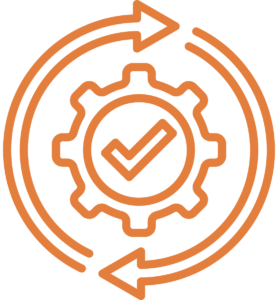 |
PROCESS
|
Innovative processes would revolutionize the federal government’s ability to quickly implement policy to serve the public more effectively. We envision a government that would break down procedural and policy barriers and adopt innovative practices—from reforming the public comment process to improving how policy is designed in the first place.
A reformed public comment process would enable our government to more proactively collect public comments and speed up the rulemaking process. In addition, cross-agency collaboration would make it easier to implement policy through mechanisms such as interoperable systems, data sharing and transparency—for example, via joint dashboards and the sharing of strategy and planning documents. Purposeful collaboration, rather than agencies working in silos, would increase the likelihood that policy is implemented successfully across government. Consistent frameworks and models would also help ensure that innovation programs function in a similar way across agencies.
Legislation would be introduced and passed to ensure federal services and programs are tailored to user needs, with an emphasis on identifying gaps in access or quality of service. This legislation could ensure public feedback is solicited anonymously and securely, protecting users from adverse impacts. For this to occur effectively, federal employees should work with members of Congress to ensure they understand how legislation would work in practice.
As policy is developed, members of Congress would also consider budget and staffing constraints that may affect how such legislation is implemented. They would add provisions on hiring flexibilities and workforce development, while ensuring that agencies have the financial and human capital resources necessary to implement proposed innovations.
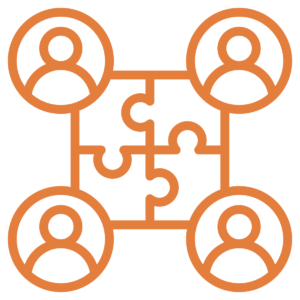 |
PARTNERSHIPS
|
As federal officials become bigger players in driving innovation within and across agencies, forming stronger partnerships with state, local, tribal and territorial governments will be the standard for sustaining lasting change.
States can pilot products and modes of delivery more directly to their constituents. We envision a federal government that would invest more in intrastate innovation and coordinate interstate learning and sharing. To drive further innovation, the reframing of the partnership between federal and nonfederal levels of government could be applied to other partners, such as those in the private, nonprofit and academic sectors. Interconnected cross-sector partnerships would enable innovations to flow between the public and private sector with the same ease that we would see talent move.
